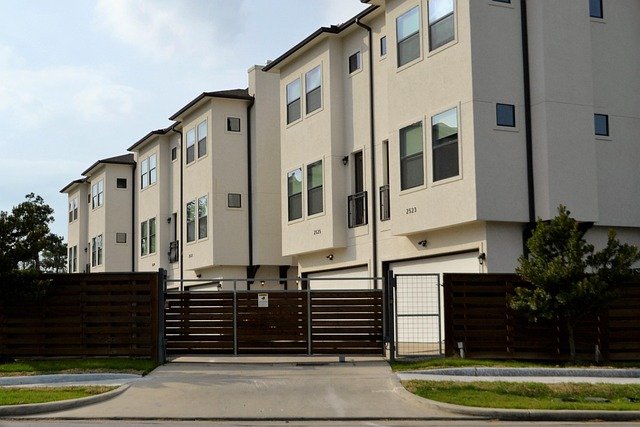Micro-Units: The Next Big Thing in Urban Real Estate
Imagine living in a space no larger than a hotel room, yet having all the comforts of home. This concept, known as micro-units, is rapidly gaining traction in major urban centers worldwide. As cities grapple with housing shortages and skyrocketing rents, these compact living spaces are emerging as a potential solution to urban density challenges. But what exactly are micro-units, and why are they attracting attention from both developers and city dwellers alike?

Addressing Urban Housing Challenges
The surge in micro-unit development is largely driven by the pressing need for affordable housing in densely populated cities. As urban populations continue to grow, traditional housing models struggle to keep pace. Micro-units offer a unique solution by increasing the number of available units within existing urban footprints. This approach not only helps alleviate housing shortages but also provides more affordable options for young professionals, students, and others seeking to live in prime urban locations.
Design Innovations in Small-Scale Living
Creating a functional living space within such tight constraints requires innovative design approaches. Architects and interior designers are pushing the boundaries of spatial efficiency, incorporating features like murphy beds, convertible furniture, and modular storage systems. Some micro-units even boast high-tech amenities such as smart home systems and space-saving appliances, proving that luxury and compactness can coexist.
The Financial Appeal of Micro-Units
From an investment perspective, micro-units present an intriguing opportunity. Developers can potentially generate higher per-square-foot rental income compared to traditional apartments. For renters, these units offer a more affordable entry point into desirable neighborhoods that might otherwise be out of reach. This financial dynamic is reshaping urban real estate markets and challenging conventional notions of value in property investment.
Regulatory Hurdles and Policy Shifts
The proliferation of micro-units hasn’t been without challenges. Many cities have had to reconsider zoning laws and building codes that were not designed with such small living spaces in mind. Some municipalities have embraced the trend, creating specific regulations to facilitate micro-unit development, while others remain cautious about potential impacts on neighborhood character and quality of life. This regulatory landscape is evolving rapidly, with implications for developers, investors, and urban planners alike.
Social Implications of Micro-Living
Beyond the physical and financial aspects, the micro-unit trend raises important questions about lifestyle and community. Critics argue that these small spaces may negatively impact mental health and social interaction. Proponents, however, point to the potential for increased social connection through shared amenities and communal spaces often incorporated into micro-unit developments. This debate is shaping how developers approach micro-unit projects, with many now focusing on creating vibrant, community-oriented living environments.
The Future of Urban Housing
As cities continue to evolve, micro-units are likely to play an increasingly significant role in urban housing strategies. The concept is already expanding beyond residential applications, with some developers exploring micro-retail and micro-office spaces. This trend could lead to more mixed-use developments that integrate living, working, and recreational spaces in novel ways, potentially reshaping urban landscapes and lifestyles.
In conclusion, micro-units represent a fascinating intersection of architecture, urban planning, and social dynamics. While not without challenges, they offer a compelling response to the pressing need for affordable, sustainable urban housing. As this trend continues to develop, it will be crucial for real estate professionals, policymakers, and urban residents to engage in thoughtful dialogue about the role of micro-living in shaping the cities of tomorrow.





